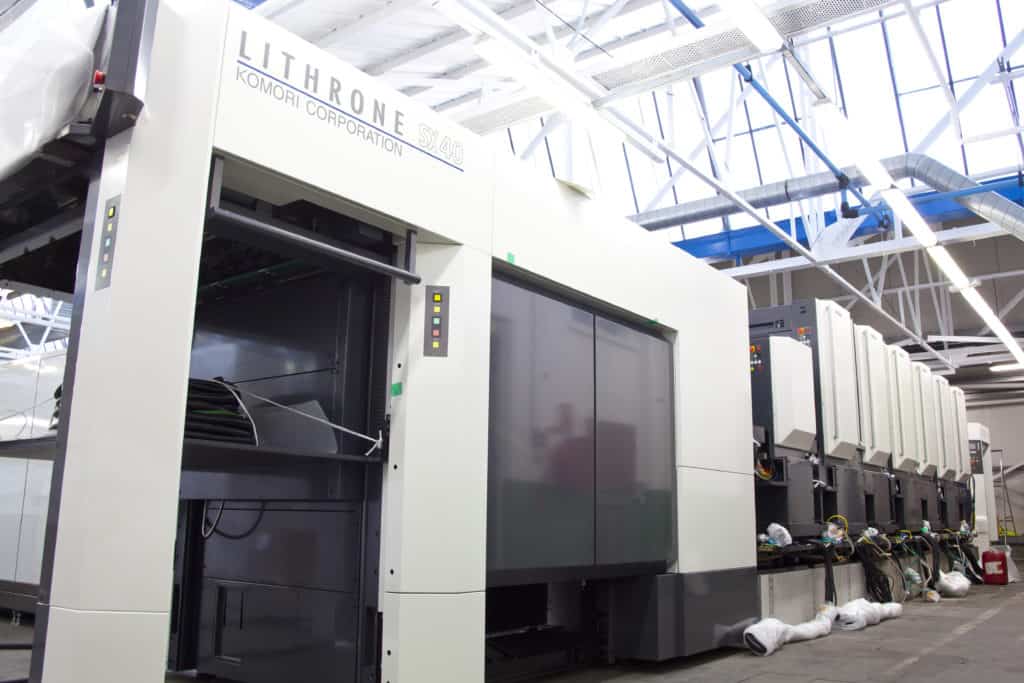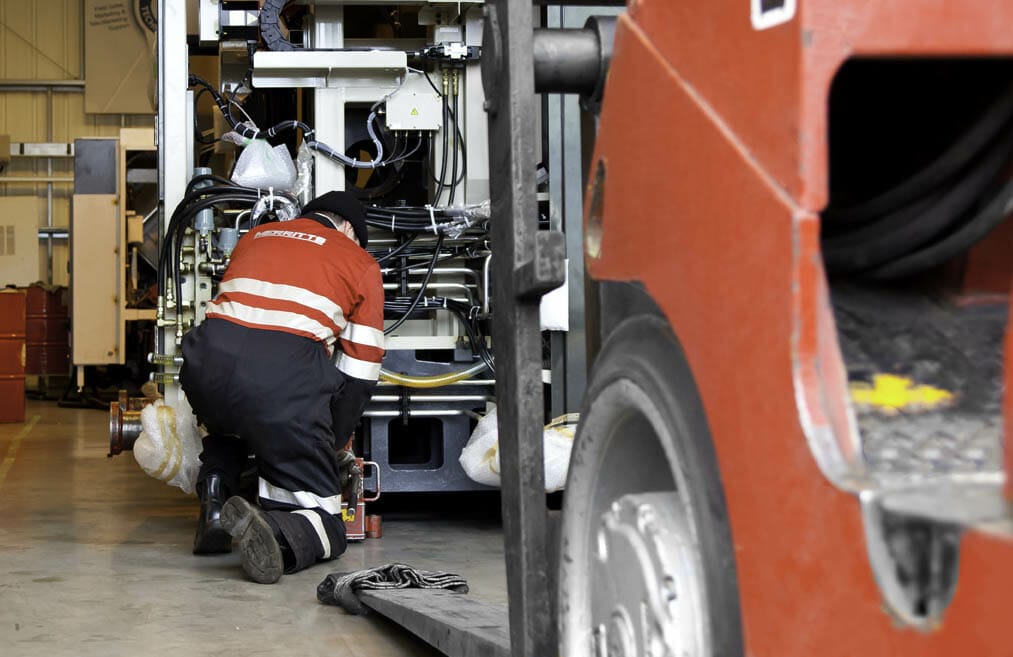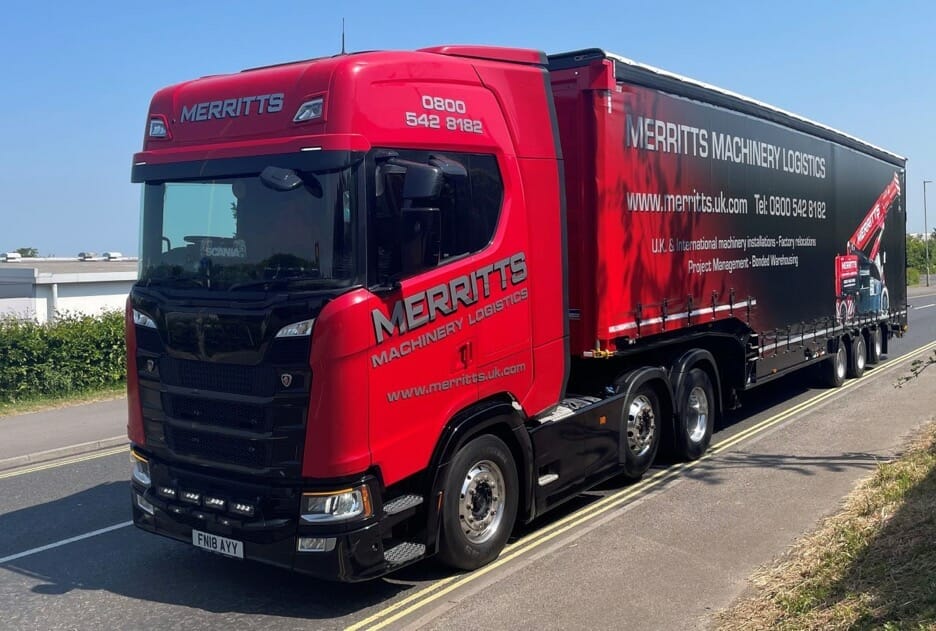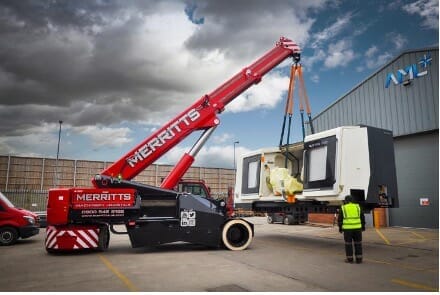Call FREE: 0800 046 9840
Email us: enquiries@merritts.uk.com


Having an understanding of the health and safety at work regulations could help prevent accidents and projects falling foul of health and safety regulations.
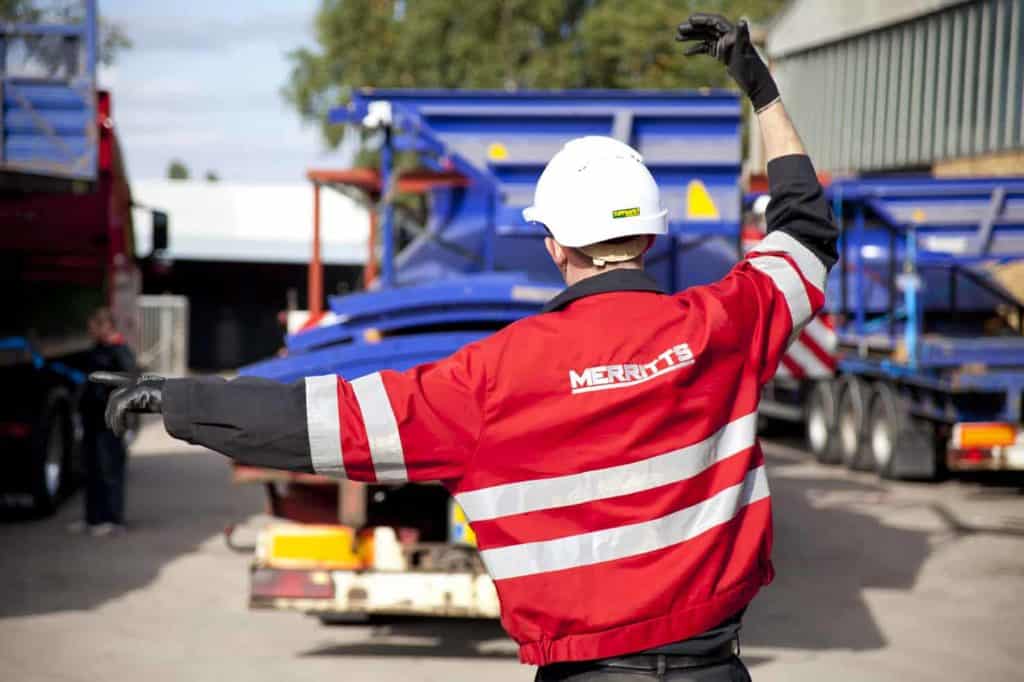
Apologies for choosing such a very dry topic for a blog article, but this is highly important technical detail for anyone considering a heavy machinery moving project.
Obviously one of the benefits of appointing Merritts to carry out your machinery moving project is because we’ll take care of all these details and ensure all the necessary risk assessments, method statements and regulatory documentation is produced.
You’ll also get peace of mind that your heavy machinery moving project will be looked after by experts who will ensure the machinery is transported and installed without accident or incident.
Here is an overview of the main regulations that must be considered during a heavy machinery moving project.
Health and Safety at Work Act
The Health and Safety at Work Act 1974 (HSWA) places a duty on employers to ensure the health, safety and welfare of employees as far as is reasonably practicable.
Where a heavy machinery moving project is concerned this means you must make suitable arrangements for managing a project, including the allocation of sufficient time and other resources.
CDM regulations 2015
The Construction (Design & Management) Regulations (CDM 2015) are the main set of regulations for managing the health, safety and welfare of construction projects. CDM applies to all building and construction work and includes new build, demolition, refurbishment, extensions, conversions, repair and maintenance.
As part of the planning process of a heavy machinery project, the CDM regulations must be considered, particularly if any of the works require modifications to the buildings in which the machinery will be removed, re-located or installed from new.
PUWER
PUWER stands for the ‘Provision and Use of Work Equipment Regulations’ 1998. The regulations deal with the work equipment and machinery used every day in workplaces and aims to keep people safe wherever equipment and machinery is used at work
This regulation requires that organisations ensure that the equipment used is suitable for its purpose, maintained to be safe and not risk health and safety and inspected by a competent worker who should record the results.
If you are planning a heavy machinery moving project, PUWER will have a heavy impact on your planning and approach and you will need to prove that the equipment used is fit for purpose.
LOLER
The Lifting Operations Lifting Equipment Regulations 1998 (LOLER) are set of regulations created under the Health and Safety at Work. They govern the use of lifting equipment.
LOLER regulations require that all lifting operations involving lifting equipment must be properly planned by a competent person, appropriately supervised and carried out in a safe manner. It also requires that all equipment used for lifting is fit for purpose, appropriate for the task and suitably marked, with suitable maintenance recorded and defects reported.
Where you undertaking lifting operations involving lifting heavy machinery you must:
- plan them properly
- use people who are sufficiently competent
- supervise them appropriately
- ensure that they are carried out in a safe manner
If you are considering a heavy machinery moving project, please complete our enquiry form .
